Which Usb Microscope ?
There are several USB microscopes available on the market, each with its own features and specifications. Some popular options include the Celestron Digital Microscope, Jiusion Digital Microscope, and Plugable USB Digital Microscope. These microscopes typically connect to a computer or mobile device via a USB port and allow users to view and capture magnified images or videos of various objects. They are commonly used for scientific research, education, quality control, and hobbyist purposes. When choosing a USB microscope, it is important to consider factors such as magnification power, resolution, compatibility with different operating systems, and additional features like adjustable LED lighting or measurement capabilities.
1、 Resolution: The level of detail and clarity in the microscope's images.
Which USB microscope you choose will depend on your specific needs and requirements. One important factor to consider is the resolution of the microscope. Resolution refers to the level of detail and clarity in the microscope's images.
When it comes to resolution, higher is generally better. A microscope with a higher resolution will be able to capture more detail and provide clearer images. This is particularly important if you are using the microscope for scientific or professional purposes, where accuracy and precision are crucial.
The resolution of a USB microscope is typically measured in megapixels (MP). The higher the number of megapixels, the higher the resolution. For example, a microscope with a resolution of 5MP will provide more detail than one with a resolution of 2MP.
However, it's important to note that resolution is not the only factor to consider when choosing a USB microscope. Other factors such as magnification, lighting, and software capabilities also play a role in determining the overall quality of the microscope.
Additionally, it's worth considering the latest advancements in USB microscope technology. Manufacturers are constantly improving their products, so it's a good idea to research the latest models and read reviews to see which ones offer the best resolution and overall performance.
In conclusion, when choosing a USB microscope, it's important to consider the resolution as it determines the level of detail and clarity in the microscope's images. However, it's also important to consider other factors and stay updated on the latest advancements in technology to make an informed decision.
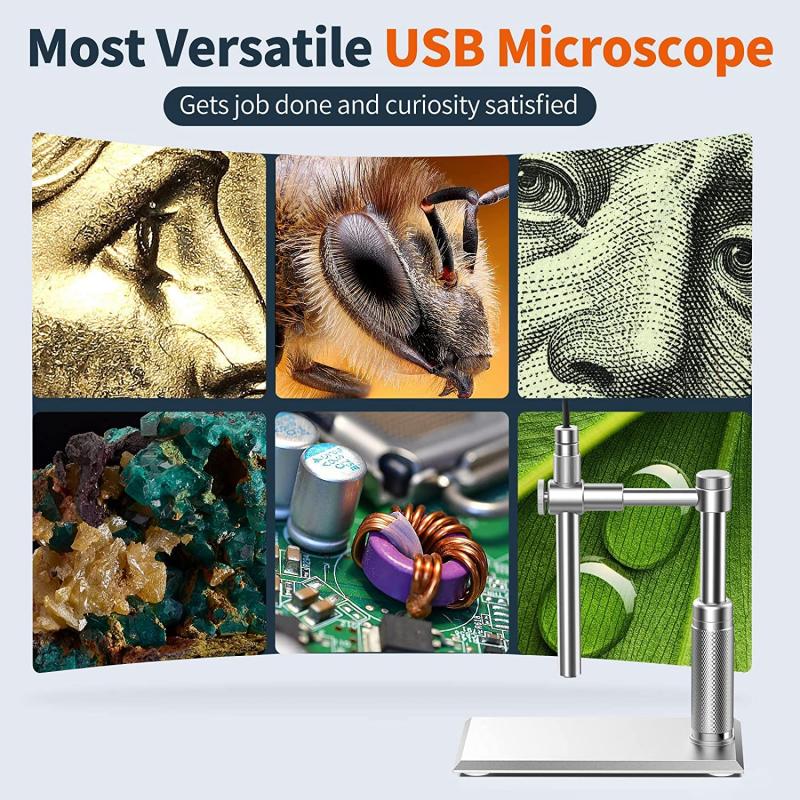
2、 Magnification: The degree to which the microscope can enlarge the specimen.
Which USB microscope you choose will depend on your specific needs and requirements. Magnification is an important factor to consider when selecting a USB microscope as it determines the degree to which the microscope can enlarge the specimen.
USB microscopes typically offer a range of magnification options, from low magnification for viewing larger objects to high magnification for examining tiny details. The magnification power is usually indicated by a number followed by an "x" (e.g., 50x, 100x, 200x). Higher magnification allows for more detailed observation but may also result in a narrower field of view.
When choosing a USB microscope, it is important to consider the intended use. If you are looking to examine larger objects such as coins or stamps, a lower magnification microscope (around 50x-100x) may be sufficient. On the other hand, if you need to observe smaller specimens like cells or microorganisms, a higher magnification microscope (200x or more) would be more suitable.
It is worth noting that the latest advancements in USB microscope technology have led to the development of digital microscopes with adjustable magnification. These microscopes often come with software that allows you to zoom in and out, providing a wide range of magnification options. This flexibility can be particularly useful when working with different types of specimens or when you need to switch between low and high magnification.
In conclusion, the choice of USB microscope depends on your specific needs and the level of magnification required. Consider the type of specimens you will be observing and choose a microscope with an appropriate magnification range. Additionally, keep in mind the latest advancements in adjustable magnification technology, which can offer greater flexibility in your observations.
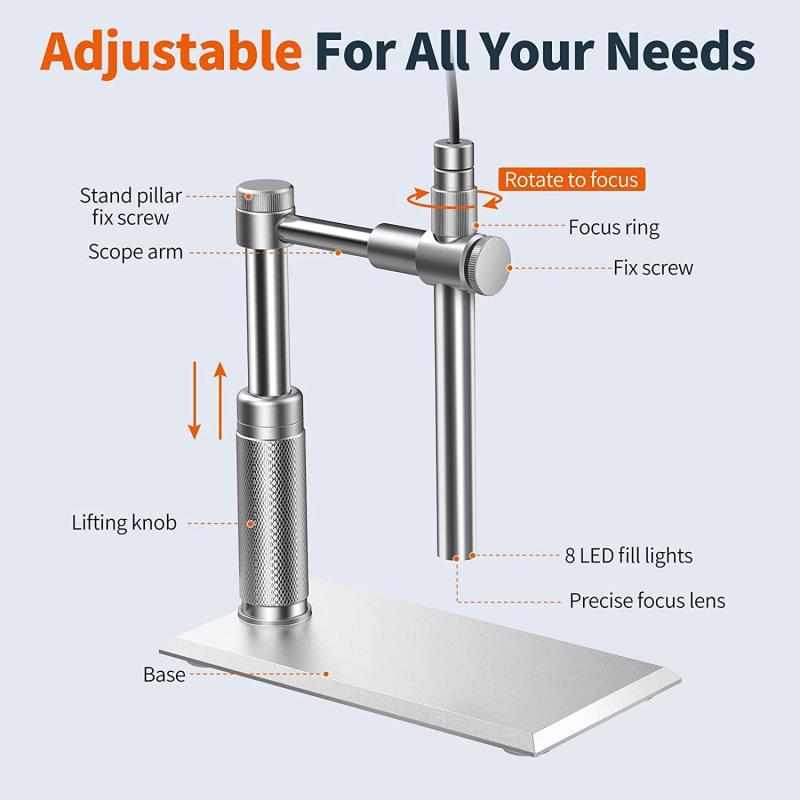
3、 Lighting: The type and quality of illumination used in the microscope.
Which USB microscope you choose will depend on various factors, including lighting. Lighting is a crucial aspect of a microscope as it directly affects the quality of the images you can observe. The type and quality of illumination used in the microscope can greatly impact the clarity, contrast, and overall visibility of the specimen.
When considering lighting options for a USB microscope, there are a few key factors to consider. Firstly, the type of lighting used can vary between models. Some USB microscopes use built-in LED lights, while others may have adjustable external lights. LED lights are commonly preferred due to their energy efficiency, long lifespan, and ability to provide consistent illumination.
The quality of the lighting is also important. Look for USB microscopes that offer adjustable brightness levels, as this allows you to control the intensity of the light based on the specimen being observed. Additionally, some microscopes may offer different lighting modes, such as brightfield, darkfield, or polarized light, which can enhance the visibility of specific types of specimens.
It is also worth considering the positioning of the lighting. Some USB microscopes have lights positioned above the specimen, while others may have lights positioned below. The positioning can affect the angle and direction of the light, which can impact the visibility of certain features.
In terms of the latest point of view, advancements in LED technology have led to the development of USB microscopes with brighter and more efficient lighting. Additionally, some models now offer adjustable color temperature, allowing you to customize the lighting to suit your specific needs.
In conclusion, when choosing a USB microscope, consider the type and quality of illumination used. Look for models with LED lights, adjustable brightness levels, and different lighting modes. Consider the positioning of the lighting and any advancements in LED technology that may enhance the lighting capabilities of the microscope.
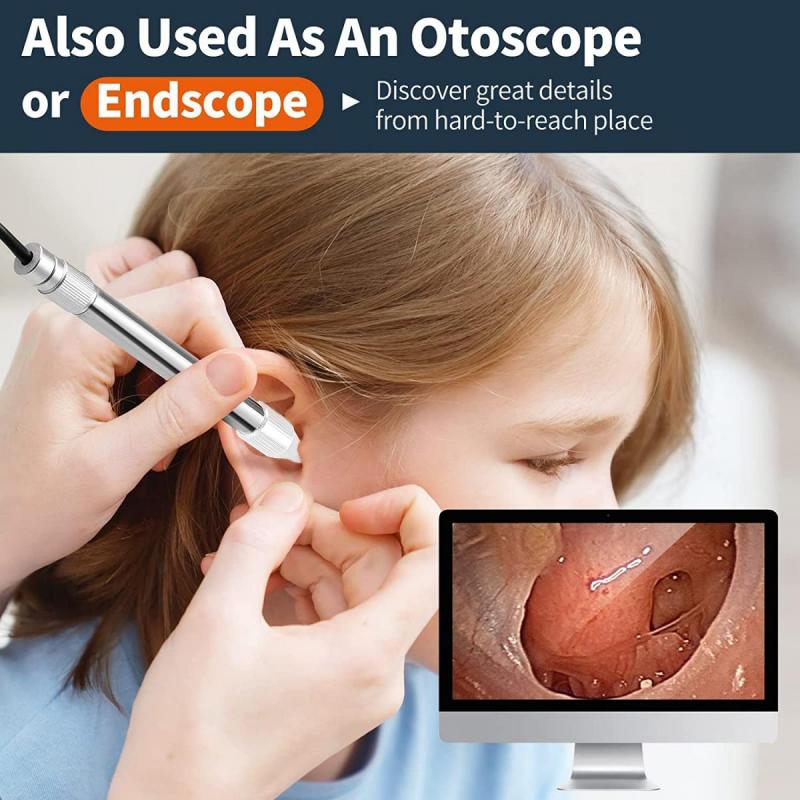
4、 Connectivity: The options for connecting the microscope to a computer or other devices.
Which USB microscope you choose will depend on your specific needs and preferences. When considering connectivity options, it is important to look for a microscope that offers versatility and compatibility with various devices.
Most USB microscopes come with a standard USB connection, allowing you to easily connect it to a computer. This is the most common and widely supported option, ensuring compatibility with both Windows and Mac operating systems. Additionally, many USB microscopes are plug-and-play, meaning they require no additional software installation and can be used immediately upon connection.
Some USB microscopes also offer wireless connectivity options, such as Wi-Fi or Bluetooth. These can be useful if you prefer a wireless setup or if you want to connect the microscope to a mobile device like a smartphone or tablet. Wireless connectivity allows for greater flexibility and mobility, as you can move around without being tethered to a computer.
Another connectivity option to consider is the availability of software or apps that can enhance the functionality of the microscope. Some USB microscopes come with their own software that allows you to capture images and videos, adjust settings, and perform measurements. Others may have compatibility with third-party software or apps, providing additional features and capabilities.
It is worth noting that the latest trend in USB microscopes is the integration of advanced features like image stabilization, autofocus, and real-time image sharing. These features can greatly enhance the user experience and make it easier to capture high-quality images and videos.
In conclusion, when choosing a USB microscope, consider the connectivity options that best suit your needs, such as USB, wireless, and software compatibility. Additionally, keep an eye out for the latest advancements in USB microscope technology to ensure you are getting the most up-to-date features and capabilities.












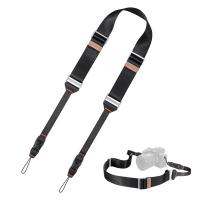
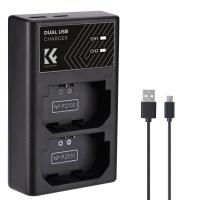



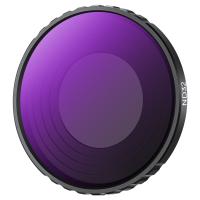


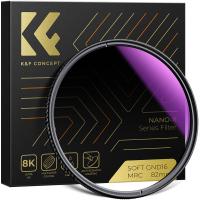



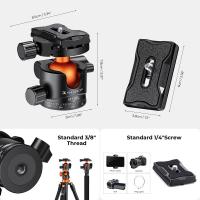
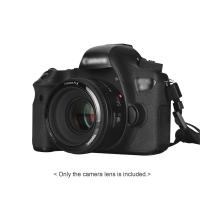
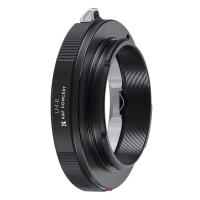

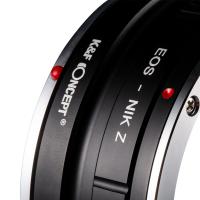
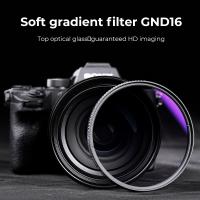

There are no comments for this blog.